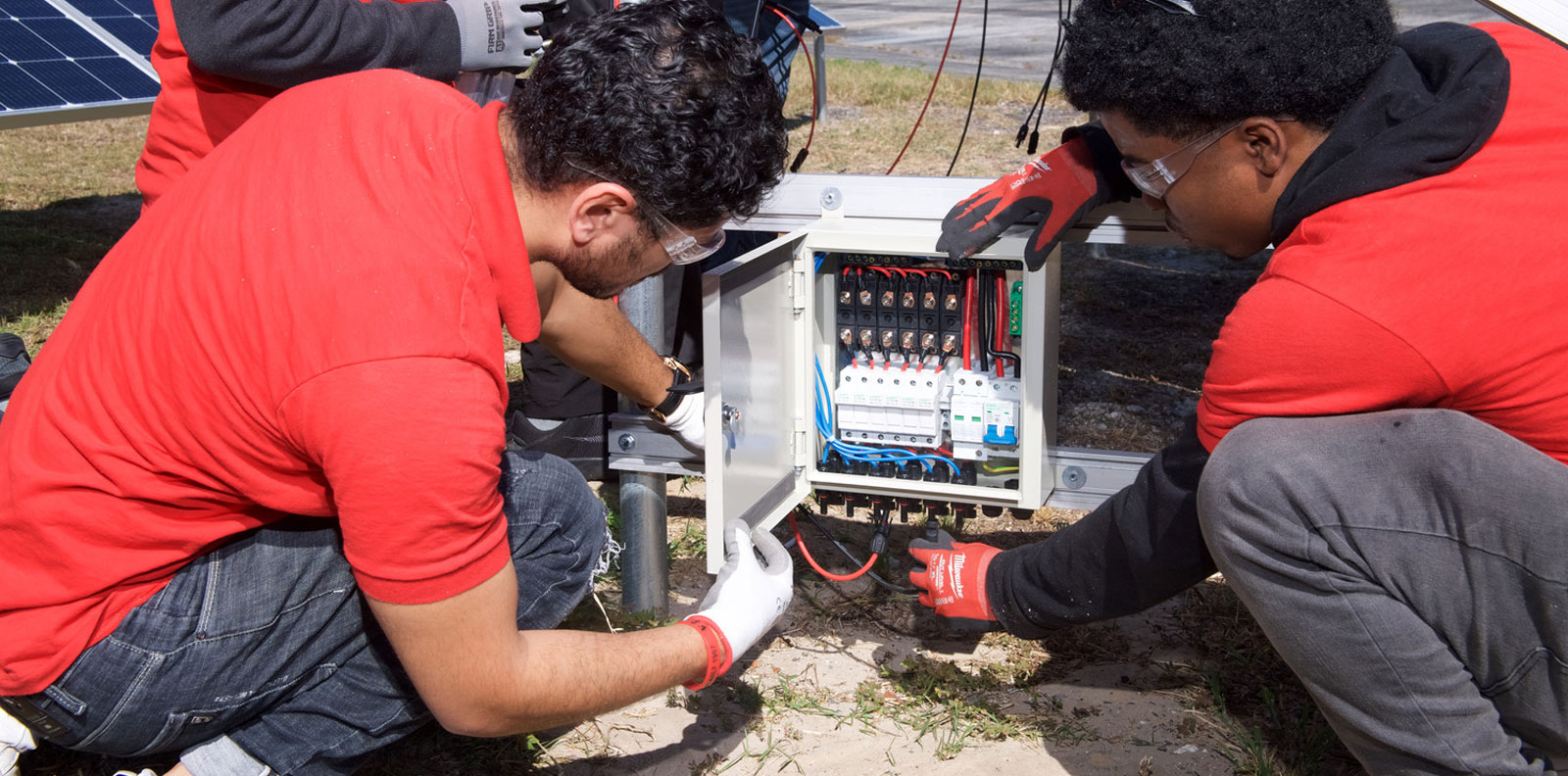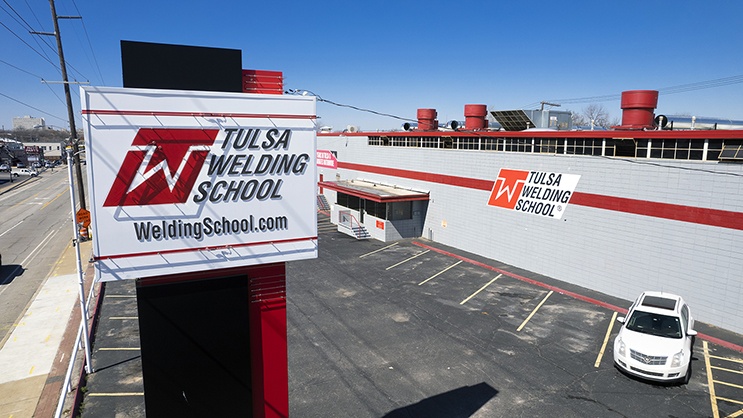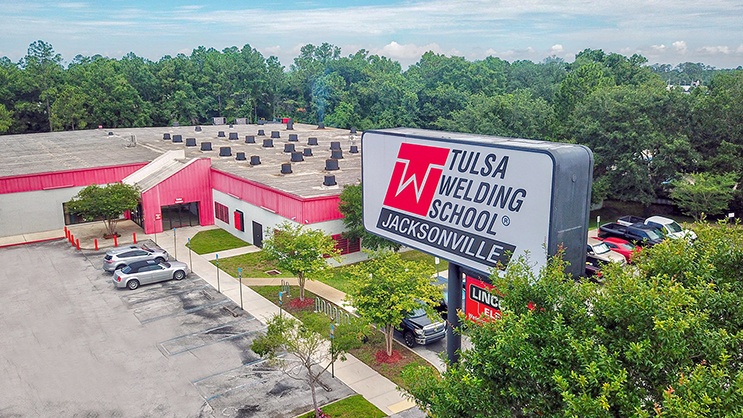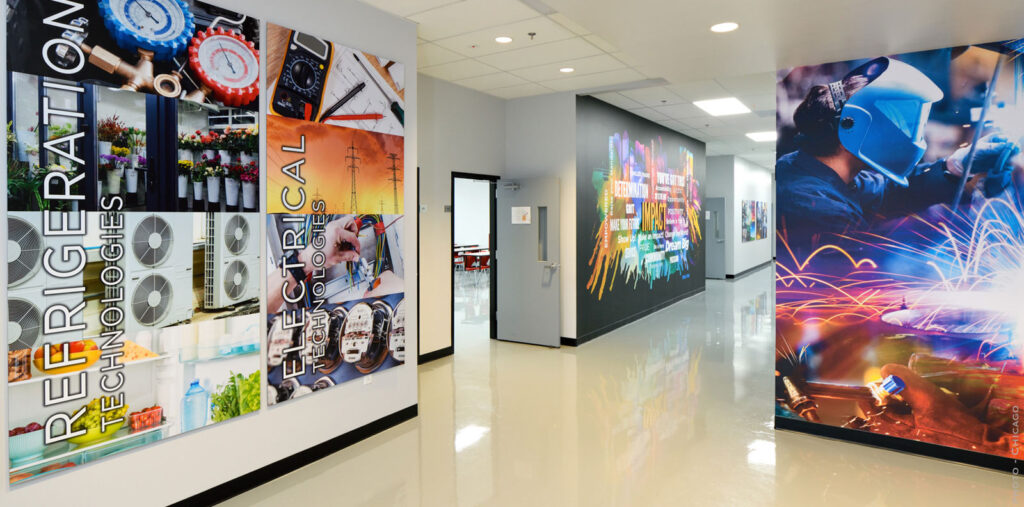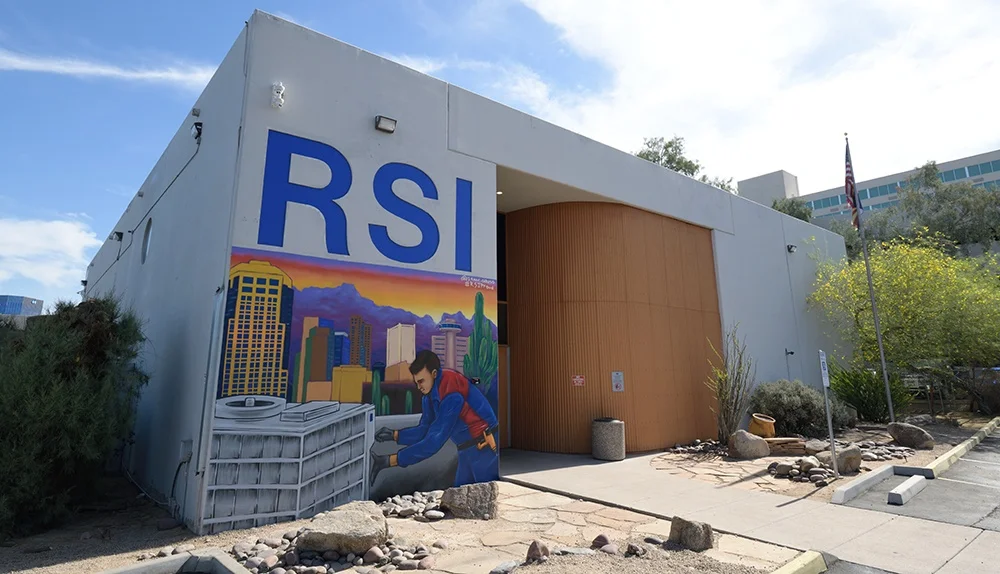TWS is a Great Training Option for Everyone
Learn more about how we can prepare you to advance your career.
If you want to become an electrical lineworker, you want to know the differences between working on overhead and underground electrical systems. The good news is that both are covered in the Electrical Lineworker program at Tulsa Welding School (TWS).
The Role of an Electrical Lineworker
An electrical lineworker installs, maintains, and repairs power lines and electrical systems that deliver electricity to homes, businesses, and communities. They climb utility poles, work on overhead and underground lines, and handle tasks like restoring power after outages, ensuring the safety and reliability of the electrical grid.
What is the Difference Between Overhead and Underground Electrical Systems?
The primary difference between overhead and underground electrical systems are the placements, costs, maintenance, and vulnerabilities. Here’s a more detailed comparison:
Overhead Electrical Systems
Installation: Overhead power lines are mounted on poles, towers, or cross arms above ground. They are seen along roadsides or across open landscapes.
Have You Considered a Career in the Skilled Trades?
Fill out the form to recieve a no obligation info packet.
Accessibility: Overhead electrical systems are more manageable for maintenance and repairs, as lineworkers can climb utility poles or use bucket trucks to reach the lines. This means quick troubleshooting during outages or after storms.
Cost: Overhead electrical systems have a lower installation cost than underground systems, as digging and specialized equipment are not required. They are ideal for large areas or rural settings where cost efficiency is essential.
Vulnerability: Overhead electrical systems are highly exposed to environmental factors such as storms, high winds, lightning strikes, and falling tree branches. They can be damaged by human activity, such as vehicle collisions or construction mishaps.
Lifespan and Maintenance: Regular maintenance is necessary for overhead electrical systems due to their exposure to the elements. However, it is easier to upgrade or expand systems as demand increases.
Underground Electrical Systems
Installation: Underground power lines are buried in conduits or trenches for protection. They are found in urban areas, newer developments, or areas with strict aesthetic requirements.
Accessibility: Underground electrical systems are more challenging to access for repairs or upgrades, as they require excavation or specialized equipment to reach the lines. Consequently, faults may take longer to locate and fix than overhead systems.
Cost: Underground electrical systems have a higher initial installation cost due to trenching, conduit placement, and specialized equipment. Maintenance costs can also be higher due to the difficulty of accessing underground lines.
Durability: Underground electrical systems are less vulnerable to weather-related issues like wind, ice, and falling trees. However, they may still face risks from flooding, soil erosion, or accidental damage during excavation.
Lifespan and Maintenance: Underground electrical systems are designed to be low-maintenance and, if properly installed, have a longer lifespan than overhead systems.
What Should an Electrical Lineworker Know About the Difference Between Overhead and Underground Electrical Systems?
An electrical lineworker should understand the key differences between overhead and underground electrical systems to perform their job effectively, as the required skills, equipment, and safety considerations vary. Here’s what you should know:
Installation and Accessibility
Overhead system lines are mounted on utility poles or towers. To install them, lineworkers climb poles or use bucket trucks. Installation involves tasks like pole climbing, replacing cross arms, or repairing transformers. Underground System lines are buried below ground, often in conduits or ducts. Access to underground systems requires excavation or opening underground vaults or utility holes. Some of the tasks for underground systems include splicing cables, operating trenching equipment, and working in confined spaces.
Maintenance and Repairs
Overhead systems are easier to locate and repair faults, as lines and equipment are visible. Regular inspections are needed due to exposure to weather and environmental damage. Lineworkers must be skilled in working at heights and managing energized lines. Underground systems may be more challenging in locating faults and require specialized equipment like fault locators. Repairs of underground systems often involve excavation, which can be time-consuming and costly. Lineworkers require knowledge of confined space safety, trenching protocols, and cable splicing for underground systems.
Equipment and Tools
Overhead repair tools include climbing gear (harnesses, gaffs), bucket trucks, voltage testers, and hot sticks. Lineworkers often carry tools in belts while climbing to keep their hands free. Underground repair tools include trenching machines, cable splicers, utility hole cover lifters, and fault detection devices. Lineworkers may need to use safety gear like respirators and confined-space entry equipment, which is essential for underground work.
Safety Considerations
Overhead system risks include falls, contact with live wires, and weather-related hazards (e.g., lightning, wind). Lineworkers must know proper pole climbing techniques and fall arrest systems. Underground system risks include confined space hazards (low oxygen levels, toxic gases), flooding, and accidental cable damage during excavation. Also, underground system repairs require strict adherence to trenching safety guidelines and confined space entry protocols.
Environmental Factors
Overhead systems are more vulnerable to environmental damage, such as storms, ice, and tree falls. Regular inspections and storm recovery work are standard for overhead systems. Underground systems are less exposed to weather but susceptible to flooding, soil erosion, or damage from digging. Therefore, repairs may be delayed in extreme conditions, like heavy rain or frozen ground.
Final Thoughts
Understanding the differences between underground and overhead electrical systems allows you to adapt to various work environments, prioritize safety, and maintain the electrical grid effectively. Programs like the Electrical Lineworker program at Tulsa Welding School provide hands-on training in underground and overhead electrical systems, equipping you with the skills needed for this versatile and high-demand career.
Want to Learn More?
Because becoming a lineworker is a hands-on job, technical training is typically required for anyone to enter this field. Many people invest in a trade program to learn the trade skills they need to be safe and effective as professionals.
To learn more about our Electrical Lineworker program at the Dallas Metro & Jacksonville, FL campus, contact us at Tulsa Welding School or call (214) 227-9911.

